Picture the digital universe as an accessories store where tokens are the gemstones. Fungible tokens are akin to costume jewelry, while NFTs (Non-Fungible Tokens) are like fine jewelry. Costume decorations come in countless identical pieces. Each piece is equal, easily interchangeable, and lacks uniqueness. They are like mass-produced rings with the same design, available in abundance.
NFTs are like fine jewelry. Each NFT is a masterpiece, representing a unique digital asset, just as fine jewelry pieces are one-of-a-kind creations. You can replace only one with another without losing its distinctiveness. They are the digital equivalent of handcrafted, rare, and highly sought-after gems.
In this analogy, token standards are like the different techniques used to create the jewelry. ERC-20 is like the assembly line for mass-produced, fungible tokens, while ERC-721 is like the skilled craftsmanship that goes into creating each unique, non-fungible digital treasure.
The Growth of NFTs
One of the earliest domains where NFTs made their mark was in the world of art and entertainment. NFT platforms now enable digital artists, previously underserved in the traditional art market, to showcase and monetize their creations. This shift has democratized the art world, letting creators reach a global audience without intermediaries. Collectors, too, were drawn to the allure of owning a unique digital piece, and this newfound digital ownership became a status symbol. This obsession explains why Bored Ape Yacht Club and Cryptopunks have pulled in over $2.9B and $2.62B in sales since inception.
Musicians and filmmakers, eager to tap into the NFT craze and ultimate NFT boom, began experimenting with selling exclusive music albums, concert tickets, and even movie rights. Grimes, Snoop Dogg, and 3LAU are examples of artists who have raked in tens of millions of dollars using NFTs to give their fans exclusive access to content and experiences.

NFTs opened new avenues for creators to directly engage with their audiences, often leading to innovative and interactive experiences. Slowly, this fusion of art and technology has become a hallmark of NFT growth.
Let's examine this growth using numerical data (Data courtesy of CryptoSlam)
- NFT sales in 2022: $26.7B, 2023 so far: $6.36B
- Sellers: 8.11 million in 2022, down to 6.74 million in 2023
- Buyers: 6.744 million in 2022, up to 10.3 million in 2023
- Trade profits in January 2022 reached $565.33 million.
The remarkable journey from generating just $82.5 million in monthly trading volume in 2020 to surpassing $20 billion in 2022 underscores the immense popularity of NFTs. However, as we'll explore below, this meteoric rise didn't occur by chance.
What Factors Are Driving the NFT Wave?
Mainstream influences
NFTs have soared into the mainstream spotlight, propelled by a synergistic interplay of celebrity, brand, and media influence.
Celebrities leverage their fan bases to mint exclusive NFTs, creating a sense of scarcity and exclusivity. For example, the involvement of Elon Musk, Justin Bieber, and Logan Paul has attracted millions of new eyes to the NFT space. After that, Brands tap into NFT marketing potential, using them for promotional campaigns, limited-edition releases, and artist collaborations. These campaigns generate buzz among existing customers and broader digital communities. From record-breaking sales to cultural impact analyses, mainstream media coverage educates and legitimizes NFTs. Partnerships between NFT platforms and renowned brands blur traditional/digital lines, introducing NFTs to new demographics.

This powerful trifecta has catapulted NFTs into popular culture, making them a household topic.
Digital Transformation
The shift to a digital-first world has created a seismic cultural and socio-economic transformation. In a world where digital assets are increasingly common, NFTs offer a solution to the age-old challenge of establishing ownership and authenticity. By asserting right over digital assets, NFTs enable individuals to participate in new digital economies, from digital art and music to virtual real estate and collectibles.
The COVID-19 pandemic accelerated the shift to digital, pushing people to spend more time online, where they encountered NFTs through digital art auctions, virtual concerts, and blockchain-based gaming. The rise of social media and digital communities has further fueled NFT adoption, with platforms like Twitter and Discord serving as hubs for NFT discussions and communities.
The world's shift towards digital technologies has created a perfect environment for NFTs to thrive. As our lives become more digitized, there is a growing need for a system to establish ownership and authenticity in the digital realm. NFTs are not just a passing trend - they signify a fundamental shift in how we view and interact with the digital space.
Collectibles
The emergence of NFTs has ushered in a remarkable era of transformative innovation across various industries due to their unique use cases. In the entertainment industry, NFTs have redefined the idea of ownership by enabling fans to acquire one-of-a-kind digital collectibles, music, and even virtual concert experiences. This shift towards digital ownership has empowered creators to monetize their work directly and cultivated a deeper connection between artists and their audiences.
Industries like real estate have also discovered practical utility for NFTs, as they can securely and transparently record digital property deeds. NFTs have unlocked an extra dimension of in-game assets in gaming, letting players own and trade their virtual possessions. The broader digital transformation redefines the boundaries of ownership, trade, and digital experiences, as indicated by this surge in NFT adoption.
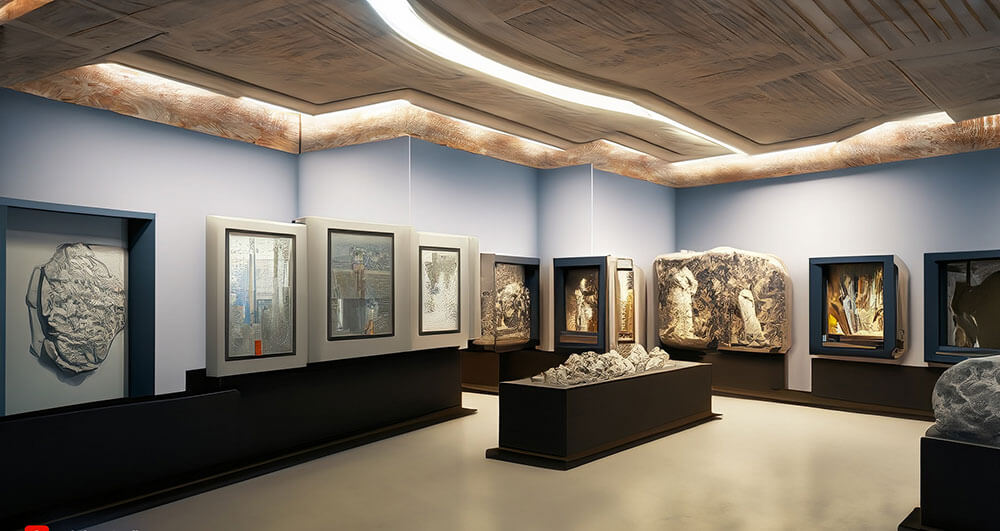
N.B. It's important to acknowledge that the above factors represent just a fraction of the influences contributing to the surge of NFTs. The rapid evolution of blockchain technology, driven by innovations such as new consensus algorithms and more competent programming languages, has undeniably played a pivotal role in enhancing the NFT ecosystem. However, for simplicity, we have focused on a select few critical factors in this article.
Analyzing the NFT market and its trajectory
Despite a brief bear market, it's essential to recognize the industry's remarkable resilience and adaptability to truly understand what happened to NFTs. While it's true that trading volumes for NFTs have slowed down within the global economy, we should not interpret this as a harbinger of their downfall.
A closer examination of the data reveals a far more nuanced and promising picture. One of the most encouraging aspects is the substantial increase in NFT developers and contributors actively shaping the space. This influx of creative minds has helped to expand NFT ecosystems and platforms, with notable examples like Polkadot carving out their niches. Also, the needs and preferences of NFT users have evolved, reflecting a maturing market. These changing dynamics indicate NFTs remain unchanged but are recalibrating to find their rightful place in the digital landscape.
The NFT market is maturing, demanding more than just hype.
One significant shift is the evolution of NFTs from primarily collectibles to practical utility in the real world. The "stock consumption" era of 2022 marked a transition from NFTs being a speculative frenzy susceptible to the crypto crash to a phase where they started serving real-world purposes. Starbucks Odyssey, a membership program launched as part of the brand's rewards program, is a case in point. 2,000 NFTs were offered at $100 each, and they all sold out in less than 20 minutes. Enthusiastic resellers sold the NFTs on the secondary market for $1,900 each. This program is just one example of companies like Nike, EA, Taco Bell, and CNN using NFTs to boost consumer confidence, customer engagement, and loyalty.
Exploring additional NFT use cases beyond collectibles

Ownership (and inheritance)
NFTs have come a long way in reshaping how we perceive ownership. Initially synonymous with digital art and collectibles, they are now transcending boundaries to revolutionize ownership across various asset classes. NFTs are evolving, maturing, and making it possible for individuals to assert rights over art collectibles and assets as significant as Real Estate and stocks.
This innovative technology has democratized the world of ownership. Real Estate NFTs, for example, have emerged as a practical solution for fractional ownership, letting individuals put money into property without the hefty capital requirements. Similarly, NFTs linked to stocks grant ownership rights securely and transparently, eliminating intermediaries and reducing paperwork.
Exploring NFT inheritance
One option gaining substantial popularity within the NFT world is NFT inheritance. Much like traditional inheritance, it enables the passing down NFT assets to the next generation. This step is pivotal in encouraging wider NFT adoption, as it ensures the continuity of digital wealth.
Available NFT solutions can store and securing digital assets with ease. Like services designed to protect and transfer fine art, specialized services are available to ensure the secure movement and protection of NFTs. Owners can designate a next of kin and provide vital information to facilitate the smooth transfer of their valuable NFTs.
Soon, we can imagine a scenario in which people list NFTs alongside traditional assets like houses, stocks, and cars in their wills. This signifies the maturation of NFTs and their integration into mainstream financial and estate planning, marking a significant milestone in the evolution of digital ownership. As NFTs continue to gain popularity, they may become an integral part of our legacy, ensuring digital wealth passes down like physical assets.

Service Provision
Digital assets, including restaurants, travel, banking, and healthcare, can revolutionize the service industry. They can redefine how services are provided and experienced beyond just ownership.
NFTs in the restaurant industry could provide unique dining experiences. One could imagine owning an NFT granting access to a renowned chef's secret menu or a reserved table at a Michelin-starred restaurant. Possessing such tokens could become a symbol of culinary prestige, offering a new level of personalization and luxury.
Integration of NFTs in the travel industry could also bring benefits. NFT-based travel packages could provide access to VIP lounges, priority boarding, or custom itineraries tailored to one's individual preferences. This innovation could revolutionize how people explore the world, making travel experiences memorable and uniquely personal.
NFTs could also enhance loyalty programs in the banking sector. Customers who possess specific NFTs may receive reduced fees, enhanced interest rates, or exclusive access to financial services. This could incentivize customer engagement while providing an innovative approach to financial rewards.
Impact of Token-Gating
As NFTs continue to permeate the service industry, a concept known as "token-gating" emerges. Service providers can utilize NFTs to offer special perks to specific categories of users. For instance, airlines might create NFT-based loyalty tiers, with each level providing benefits such as lounge access or priority baggage handling. Similarly, banks could establish exclusive NFT clubs, offering premium financial services to token-holding customers. Token-gating enhances user engagement, fosters brand loyalty, and opens new avenues for tailoring services to individual preferences.
Platforms and their crucial role in the future of NFT applications
Through innovative features like fractionalization and bundling, Unique's advanced NFT infrastructure platform enhances the utility of NFTs, ushering in a new era for various applications.
Fractionalization makes NFTs accessible to a broader range of people, empowering them to collectively own high-value assets such as blue-chip NFTs and real estate. Bundling helps create diversified NFT portfolios ideal for collectors and traders. These advancements extend beyond traditional use cases, enabling novel applications such as Proof of Attendance Protocol (PoAP) tokens and enhancing event memorabilia.
Unique's integrations also facilitate the next-generation NFTs, such as SoulBound NFTs, which are uniquely tethered to a specific individual, granting them immutable access rights. This innovation is invaluable for secure workflows and restricted content distribution. Introducing Redeemable NFTs blurs the line between digital and physical experiences, letting users redeem their digital assets for real-world items. Unique's advanced NFT infrastructure is poised to make the NFT industry more inclusive, secure, and versatile than ever before.
Key Takeaway
According to Gartner Inc.'s hype cycle, which describes the typical path for new technologies, the recent decline in interest in NFTs may be a short-term trend. Instead, it could be a crucial phase to broader adoption and meaningful integration into the digital and physical worlds.
As other new technologies come and go, NFTs quietly evolve and find sophisticated and practical uses beyond mere collectibles and speculative investments. While the spotlight may shift, NFTs are here to stay, shaping the digital landscape in new and unexpected ways.
Build on Unique
Are you a builder or developer looking for the most advanced NFT infrastructure? From SDKs, RFTs, and Customizable NFTs, we can help you create powerful and dynamic NFT solutions. Whether you're looking to build new dApps or integrate existing ones, we have the tools and expertise to help you succeed.
Get in touch for more support.




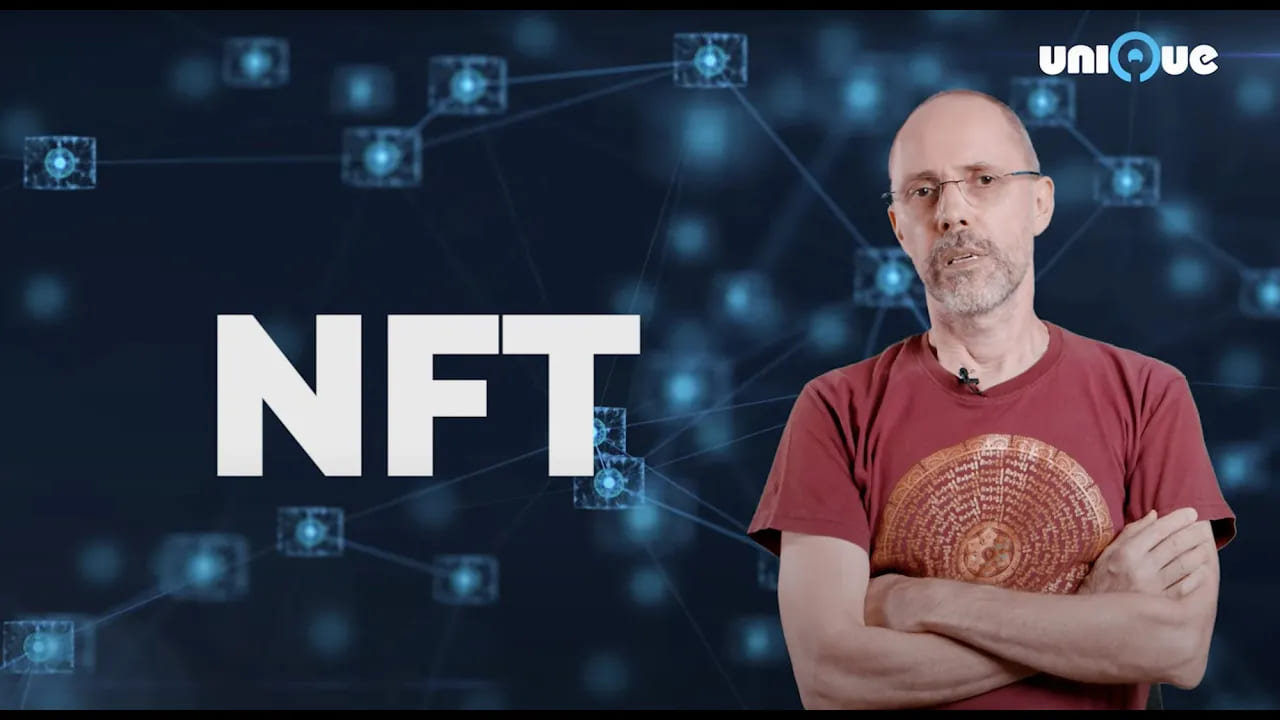
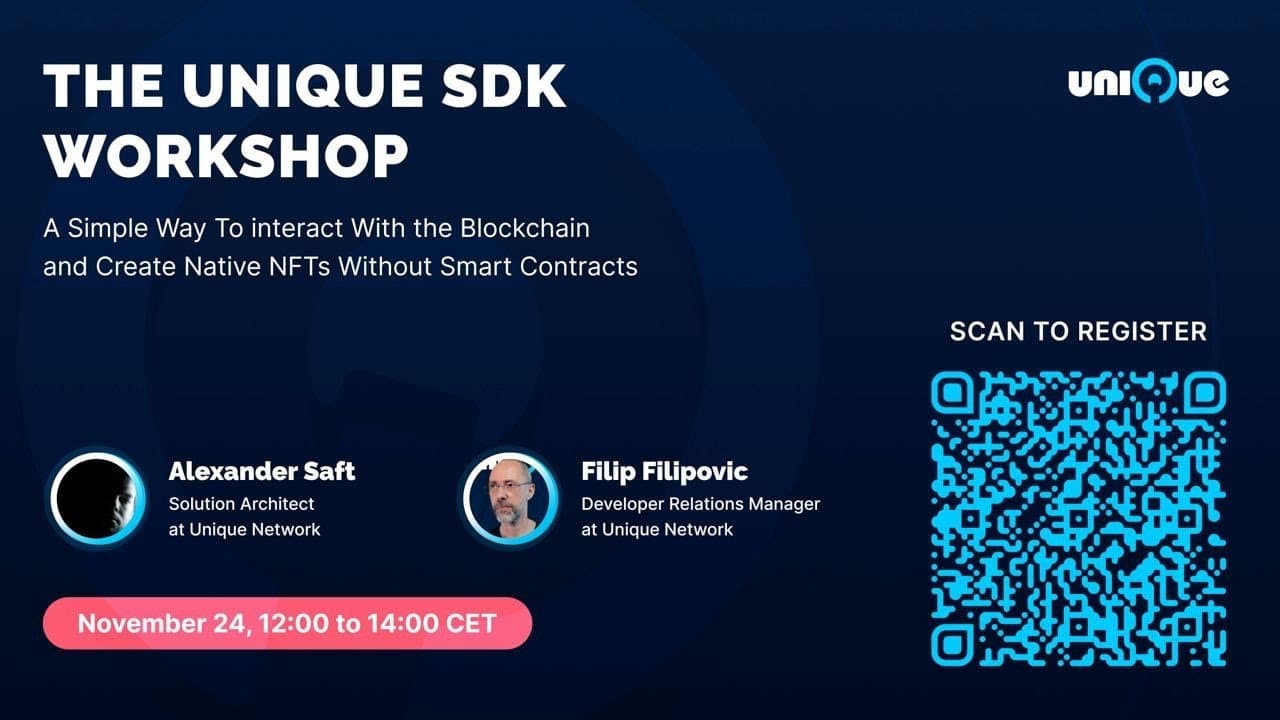
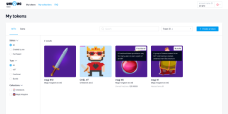
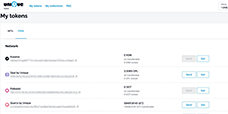

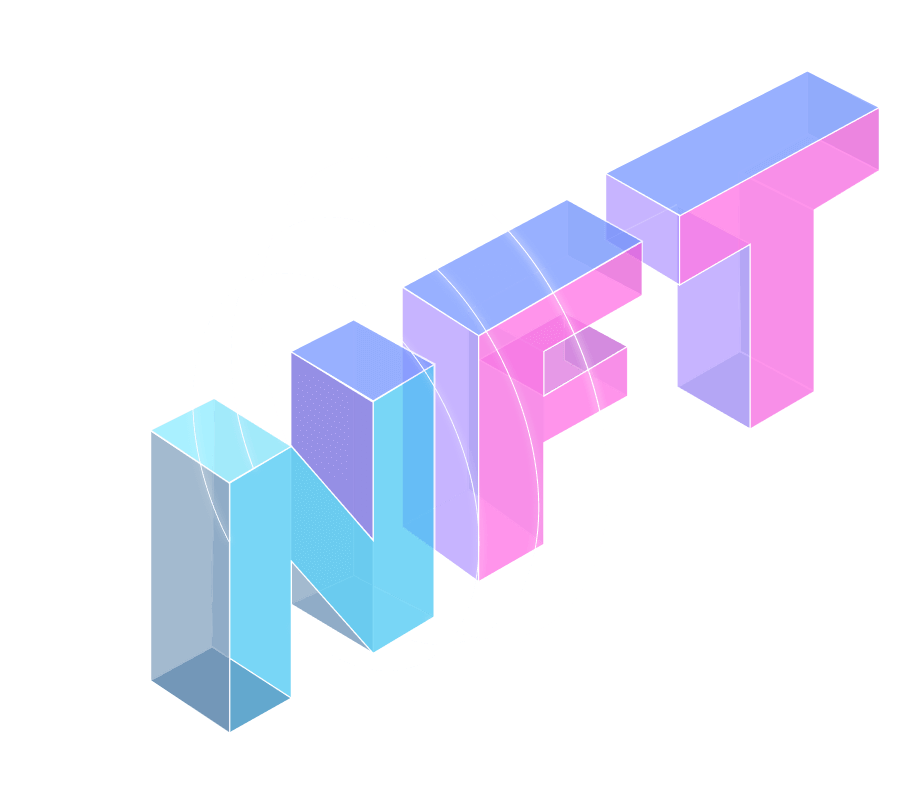
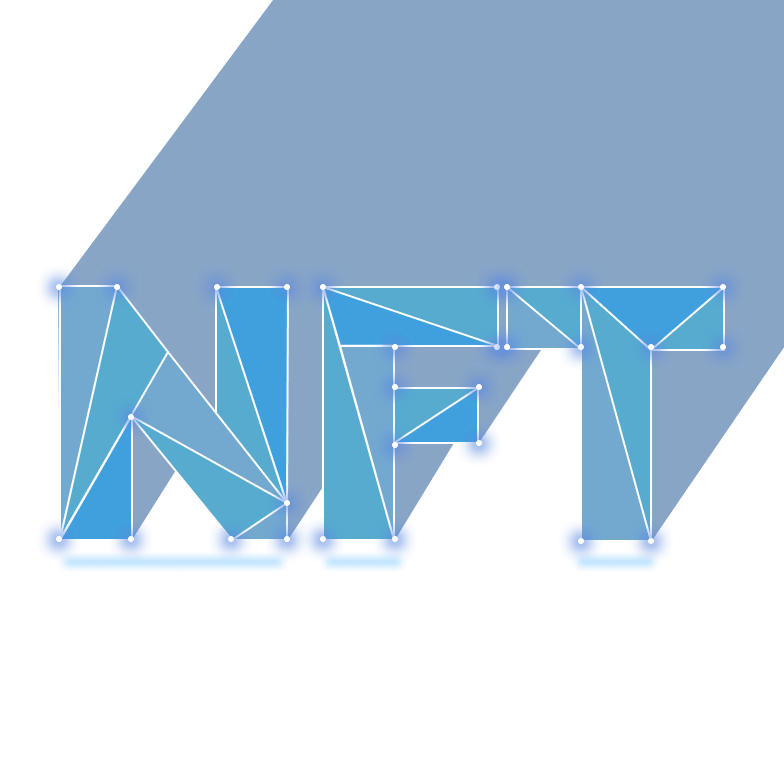
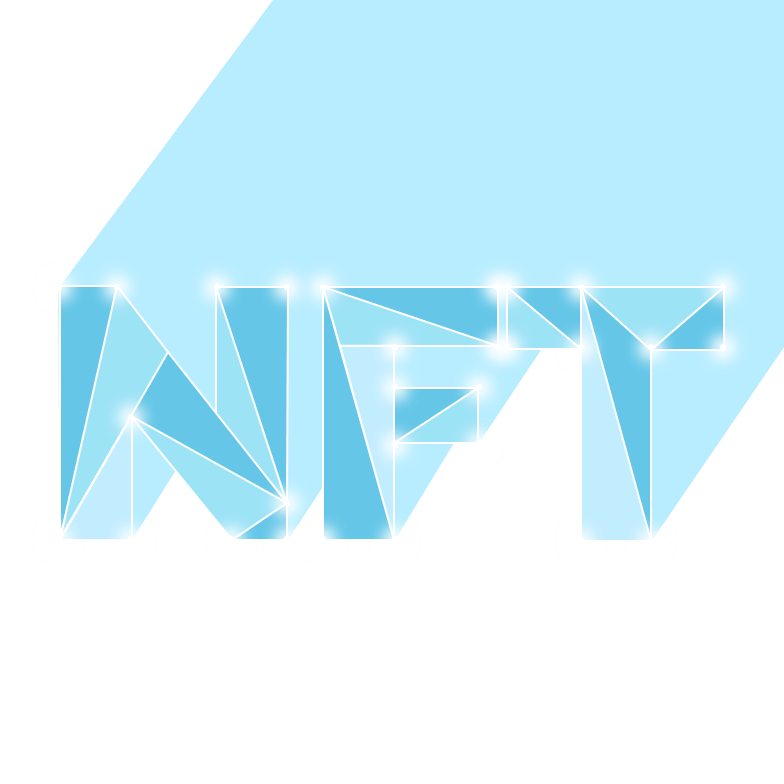
 by
Unique Network
by
Unique Network